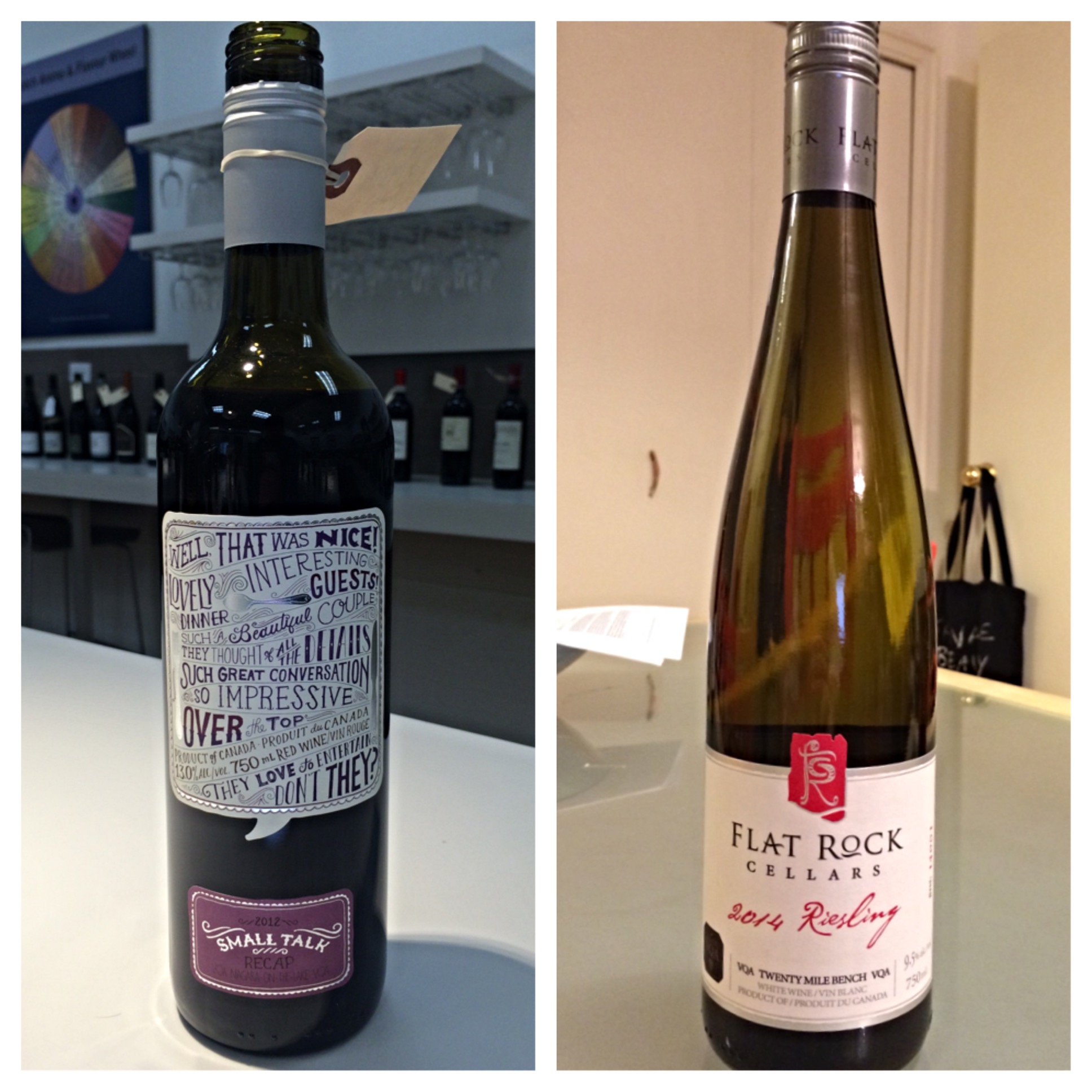I recently had a chance to sit down with Joaquin Hidalgo – journalist and expert on Argentinian Wine. My co-host Miroki and I had a lot to unpack in the first of a two part interview with him giving a broad overview of wines of Argentina. My favourite thing about the interview was learning about the long history of Argentinian wine – and when the Argentinians disentangled themselves from the settlers who brought wine to the Country – and landed on their own identity … and of course, malbec.
One of my favourite things about Argentina is the acessibility of the wines – and the value. Anecdotally – as a long time writer I observe that Argentina is a place the wine curious quickly land because these are wines that are easy to understand. This isn’t saying that they’re simple – but, when you pick up a bottle of Malbec and the back label talks about Black Currant, Smoke, and Spice – when you’re learning about wine – it’s a confidence boost to dig in and feel like you understand something. These wines taste exactly like the tasting notes on the back.
Joaquin talked to us about how the history of wine in Argentina goes back to 1551. Where the origin likely came from Chile just over the Andes and/or Jesuit Missionaries brought vines from the Spanish Canary Islands. But, I was curious about how Argentina landed on Malbec – and how they carved out their own vinious identity separate from that of the settlers.
I reflect on our own wine region in Ontario. Where I believe we have struggled to carve out our own firm identity separate from the cultural origins of the people who brought wine here. We have a strong influence on what we have planted with a lot of German, and Italian families having laid the ground work here. I mean – I believe that diversity is the strength of Canada – and that goes with our cuisine and wines. But, somewhere along the line we seem to have forgotten to carve out an identity of our own… Where did Argentina make their split? What did they do differently?
The answer lies somewhere during the 19th century – this is when Malbec arrived. I tried to fact check the exact date – but it looks like it’s somewhere in the 1850s. I think the best part about this – according to Joaquin until the 1970s the winemakers of Argentina wouldn’t have known to call it Malbec. In the wine world it’s easo to become obsessed with data, clones, and getting into the nitty gritty details associated with every aspect of winemaking. So I love to imagine planting a vineyard because something tasted good likely because your neighbour also had it planted. (as an aside – we have some of that in our own backyard of vineyards where no idea has any idea what clone of what is planted … it just tastes good).
So – here we are – we have a cultural origin tied to winemaking and now the French and the Italians arrived after the Spanish Jesuits. This is where I believe mother nature intervenes – and to quote Macho Man Randy Savage – the cream always rises to the top. Thick skinned Malbec was suited to the sunny Argentinian climate – and the proliferation was driven by quality and not just the identity of the grape. For the Spanish and Chilean origin of the wine industry a French grape managed to become king. Even now in 2023 we continue to see advancement in viticulture to mitigate changes in the climate, and to acknowledge changes in market tastes with grapes being planted at higher altitudes.
Wines of Argentina state that as of 2019 – 43000 hectares of Malbec are planted – and make up 37.53% of all red grapes planted. While much of the coverage that myself and Miroki Tong have spent talking about the diversity of wine being grown in Argentina. My big takeaway is how important Malbec is to the identity of this region. While many people point to the French origin of the variety – and how it can make up part of Bordeaux blends – and Cahors – I would argue nobody would be talking about French Malbec if it weren’t for the Argentinians. And – while Argentina will always be synonymous with Malbec we are beginning to see wonderful diversity in the vineyards. This recent thanksgiving I tasted wonderful Torrontes, and of course Captain Chardonnay has some Argentina in his large collection of his eponymous grape – and that is just to name a couple.
I would like to end on this point – I’m assuming that most people who would be reading this would likely have picked up a bottle of two of Argentinian Malbec in the past. But – I also doubt that anyone has risked venturing north of 20$. I had the pleasure of tasting the Reserve Versado earlier this year that was available at the LCBO for around 50$ – and I had a Toronto Sommelier drop into my inbox questioning that the wine was worth the dollars. While there are amazing value bottles regularly available at virtually any wine shop – I would encourage you to reach for some of the more premium bottles – Vina Cobos and Versado come to mind in Ontario. I think you may be surprised.



